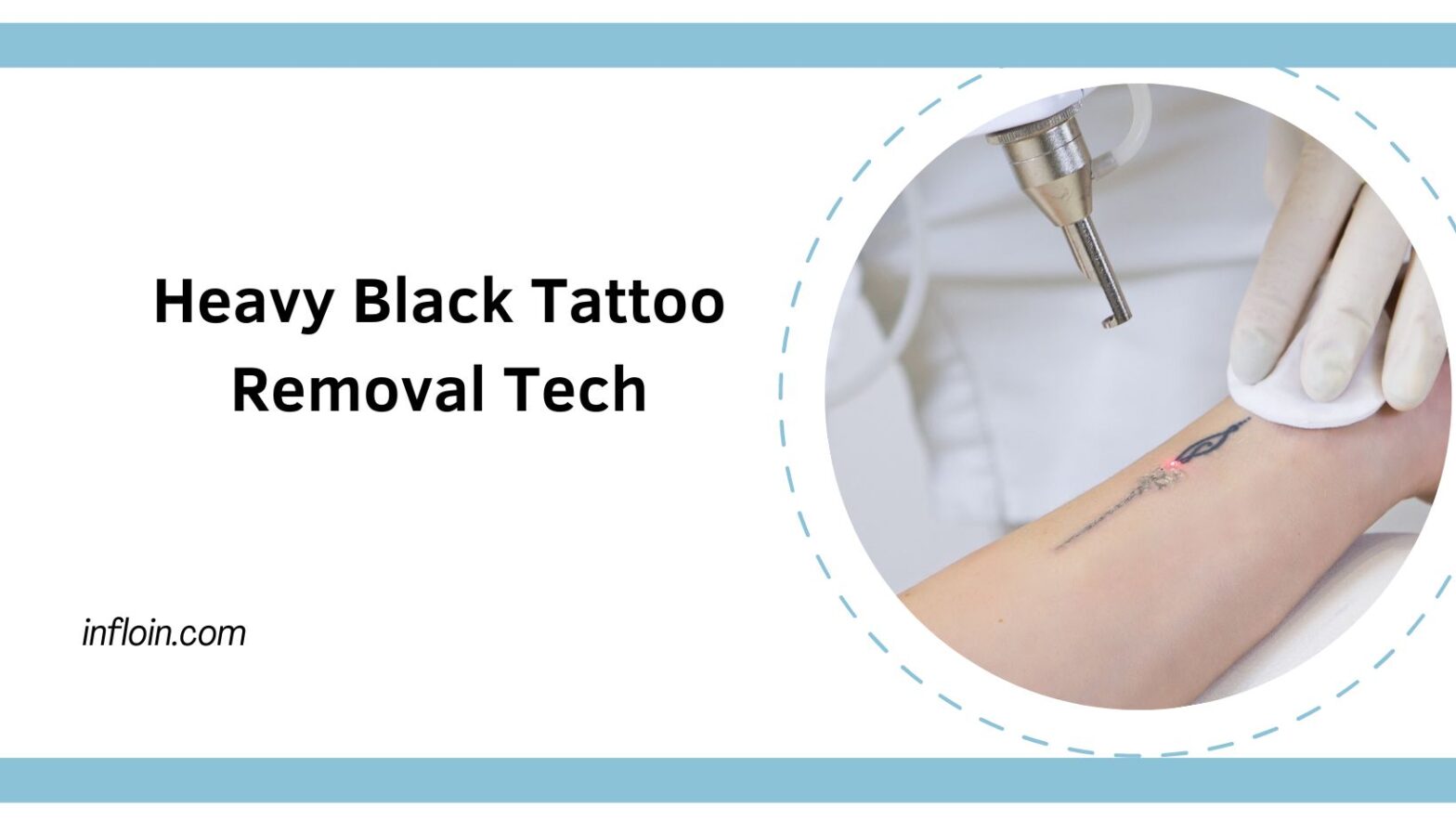Heavy black tattoos can be challenging to remove. But thanks to laser technology, results have shown positive.
As it’s essential that a licensed dermatologist perform tattoo removal procedures, unlicensed treatments could lead to permanent scarring, infection or hyper- or hypopigmentation if not administered correctly. This article will explore various methods available to you for getting rid of unwanted tattoos.
Table of Contents
Ink Pigments
Tattoo pigments are vibrantly-hued compounds made up of either organic or inorganic compounds that reflect specific wavelengths of light, either synthetically produced or naturally found. Produced synthetically or found naturally, tattoo pigments come in all sorts of hues and shades and may even be combined with carbon and iron oxides for skin-toned colors. Ink formulations often feature additives to stabilize pigments against degradation while improving stability and dispersability – these factors all combine together for greater pigments that last over time.
Tattoo ink typically uses inorganic heavy metal salts and oxides like cadmium, chromium, cobalt, selenium, and iron as coloring agents, which have proven safe for most skin types with minimal incidences of allergic or phototoxic reactions. Although tattoo pigments have low risk of being consumed by macrophages or incorporation into fibroblasts can alter their optical properties; to select an effective laser variable for lightening therapy it is crucial to study their characteristic absorption spectra in order to select an effective lightening therapy therapy variable that matches this specific pigment’s absorption spectra characteristics for lightening therapy therapy.
Reflection, absorption and Fourier transform infrared (FTI) spectroscopy provides reliable measurements of popular tattoo pigments; this enables direct comparisons among inks from various market suppliers worldwide. Unfortunately, our study was limited to 2 representative pigments; further analysis may be necessary for optimal lightening therapy.
Laser Wavelengths
Laser tattoo removal may prove more challenging depending on your skin tone; however, it’s certainly doable. People with darker complexions typically have higher concentrations of pigment (melanin) which can interfere with this process and absorb laser energy, decreasing its effectiveness as treatment progresses.
Treatment of different skin tones remains a top priority in laser development. Newer technologies offer exceptional results for all shades of skin; for instance, PicoWay and PicoSure lasers deliver fantastic results when treating darker complexions using shorter wavelengths with reduced melanin binding properties that cause less damage or unwanted side effects.
As a result, these lasers are capable of breaking up ink pigments and allowing your immune system to flush them from your system, leaving behind clear areas free from ink pigments for healing and faded tattoos. Your immune system naturally takes them away to be processed by liver and kidneys leaving no trace behind but the faded tattoo.
Tattoo removal typically requires at least five treatments for black ink tattoos to fade completely, while larger multi-colored tattoos may take even more. Treatment frequency will depend on various factors including color and age. As more colors increase the difficulty of removal as different pigments react differently with laser light.
Age of the Tattoo
Tattoos can be an expression of individuality and self-expression; however, they can also become permanent. Many people later regret their decision to get tattoos. While there is technology and techniques available to remove tattoos, no guarantee can be given for success. If you no longer wish for your tattoo, removal may involve surgical excision or laser treatments as options.
Tattoo removal depends heavily on its age, so consulting a dermatologist before choosing any method. Dermatologists specialize in skin health and can guide you towards an appropriate removal method that fits with both your budget and needs.
Older tattoos tend to fade more easily with laser treatments than more recent ones, as your body has already taken advantage of time to absorb some of its pigment from older ink. A black tattoo that’s been around for 10 years might require just one or two fewer laser sessions than its younger counterpart due to this factor.
If your tattoo fades too slowly, surgical excision could be the solution. Under anesthetic, a surgeon will administer surgery to cut away tattooed skin before stitching it back together afterwards. Apply healing ointment or moisturizer regularly after excision in order to speed up recovery time.
Location of the Tattoo
Tattoo removal is an individual decision, so it is vital that you select an experienced dermatologist or skin surgery center when considering this process. Consult with your primary care doctor as well; the cost can be substantial but may well be worth your while in many instances; however, keep in mind that most insurance carriers do not cover tattoo removal costs.
Location can have an enormous effect on how effective tattoo removal will be. Tattoos located close to the heart can often be treated more successfully as their strong circulation can deliver critical nutrients while carrying off broken-down ink fragments from treatment sessions, potentially decreasing treatment sessions needed for your desired results.
Tattoos on areas distant from the heart (such as ankles) may prove more challenging to treat due to reduced blood flow which could hinder healing processes following laser treatments and require additional sessions in order to completely erase your tattoo.
Follow your practitioner’s aftercare instructions carefully after every session in order to reduce scarring, hypo- or hyperpigmentation, and apply soothing ointment such as bepanthen multiple times daily after therapy sessions. It is also beneficial to massage the area between sessions in order to stimulate blood flow and lymph nodes.


